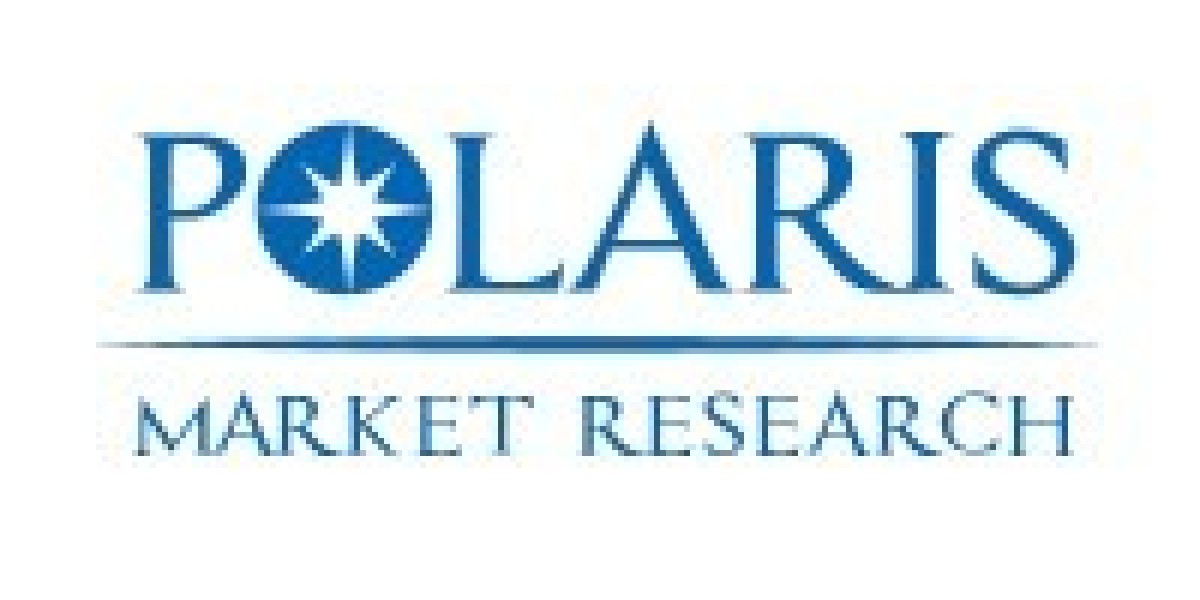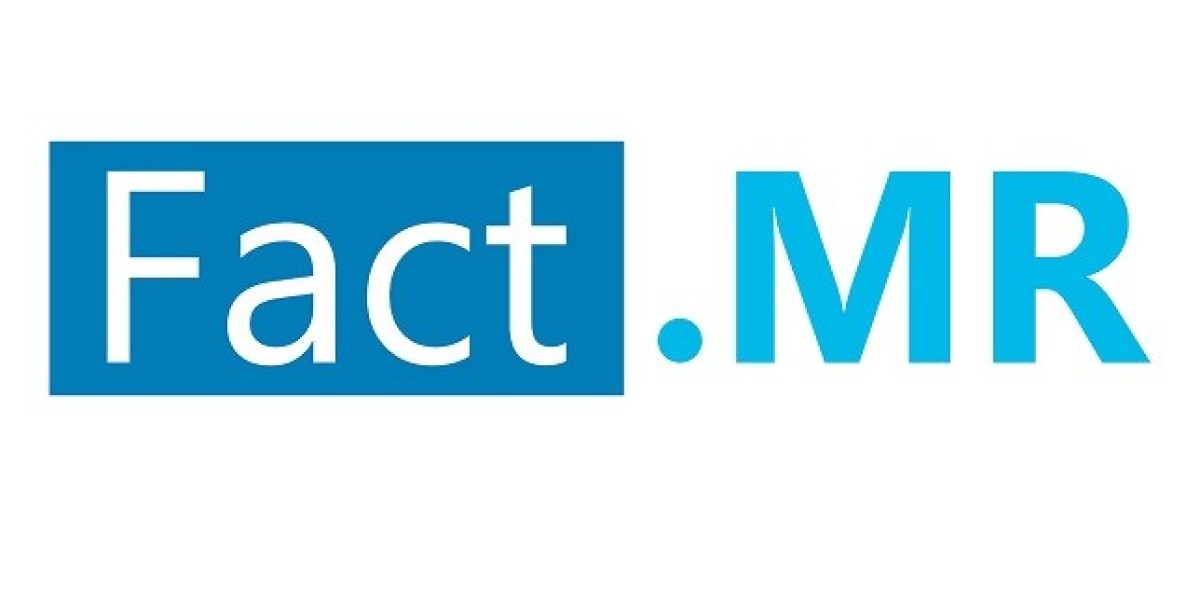A "Strategic Sourcing Hub" plays a pivotal role in streamlining procurement, maximizing cost savings, and enhancing supplier relationships. It serves as a central platform where businesses can manage their sourcing activities more efficiently by applying strategic sourcing principles. These hubs enable organizations to procure goods and services at the best value while ensuring quality and risk management.
What is a Strategic Sourcing Hub?
A Strategic Sourcing Hub is a comprehensive digital platform that centralizes all sourcing activities within an organization. It enables procurement professionals to collaborate, evaluate, and negotiate with suppliers to secure the best deals. These hubs integrate various tools and technologies to optimize decision-making, supplier selection, contract management, and cost analysis.
Strategic sourcing goes beyond simple purchasing. It involves evaluating suppliers based on multiple criteria such as price, quality, delivery time, and risk. The hub serves as the focal point where data, analytics, and collaborative tools converge, allowing businesses to make well-informed decisions that align with their long-term objectives.
Key Features of a Strategic Sourcing Hub
Supplier Management: A sourcing hub allows businesses to create a comprehensive database of suppliers. This database contains details about each supplier’s capabilities, performance history, pricing, and compliance with regulations. Effective supplier management ensures that businesses always have access to reliable and competitive sources for their needs.
Cost Control and Savings: One of the main goals of a Strategic Sourcing Hub is to reduce costs. Through competitive bidding, negotiation, and volume consolidation, procurement teams can achieve significant savings. The hub provides real-time data and historical trends to guide decision-making, ensuring that companies get the best possible deals from suppliers.
Analytics and Insights: A robust sourcing hub incorporates advanced analytics that helps businesses evaluate market conditions, supplier performance, and spending patterns. With access to this data, procurement teams can identify areas where improvements can be made, such as negotiating better contracts or optimizing order quantities.
Contract Management: Contract lifecycle management is another essential feature of a Strategic Sourcing Hub. The platform helps businesses create, store, and manage supplier contracts, ensuring that all parties adhere to agreed-upon terms. The hub can automate contract renewals, flagging key dates to ensure nothing is missed, and maintaining a high level of compliance.
Risk Mitigation: Strategic sourcing hubs allow businesses to assess potential risks in their supply chain, such as financial instability, legal concerns, or geopolitical factors that could affect suppliers. By identifying risks early, businesses can implement contingency plans and diversify their supplier base to minimize disruptions.
Collaborative Tools: A sourcing hub promotes collaboration between procurement professionals, stakeholders, and suppliers. The platform often includes communication and project management tools that help teams work together, share insights, and solve procurement-related issues more effectively.
Benefits of a Strategic Sourcing Hub
Enhanced Efficiency: The centralized nature of a Strategic Sourcing Hub makes it easier to track all procurement activities in one place. It reduces the time spent on manual tasks such as price comparison, contract management, and data entry, allowing procurement teams to focus on more strategic activities.
Informed Decision-Making: With access to real-time data, procurement teams can make decisions based on accurate, up-to-date information. This helps them to better negotiate with suppliers, forecast future needs, and stay ahead of market trends.
Increased Supplier Competition: By opening up sourcing opportunities to a wider pool of suppliers, businesses can drive competition. This leads to better pricing, higher-quality goods and services, and more favorable contract terms.
Improved Compliance: A sourcing hub ensures that all procurement activities adhere to company policies and regulatory requirements. This reduces the risk of legal or financial penalties and ensures that suppliers meet the required standards for quality and sustainability.
Scalability: As businesses grow, a Strategic Sourcing Hub can easily scale to meet new demands. Whether a company is expanding into new markets, increasing its product line, or seeking new suppliers, the hub can accommodate these changes seamlessly.
Why Businesses Should Invest in a Strategic Sourcing Hub
In a rapidly changing global economy, having a Strategic Sourcing Hub is no longer optional—it’s a necessity. With supply chain disruptions becoming more common, businesses must be agile and ready to adapt to new challenges. A sourcing hub enables companies to respond to these challenges by providing them with the tools and data needed to make swift, informed decisions.
Moreover, cost savings achieved through strategic sourcing directly impact the bottom line. When businesses can reduce procurement costs while maintaining or improving quality, they gain a significant competitive advantage. A Strategic Sourcing Hub helps companies achieve this balance by bringing transparency, control, and collaboration into the sourcing process.
Conclusion
A Strategic Sourcing Hub is an invaluable asset for modern businesses. It centralizes procurement activities, enhances decision-making, and improves supplier relationships. By leveraging the power of advanced analytics, collaboration tools, and risk management features, businesses can optimize their procurement processes, reduce costs, and improve operational efficiency. Investing in a Strategic Sourcing Hub is a forward-thinking strategy that ensures long-term success in today’s dynamic market environment.



